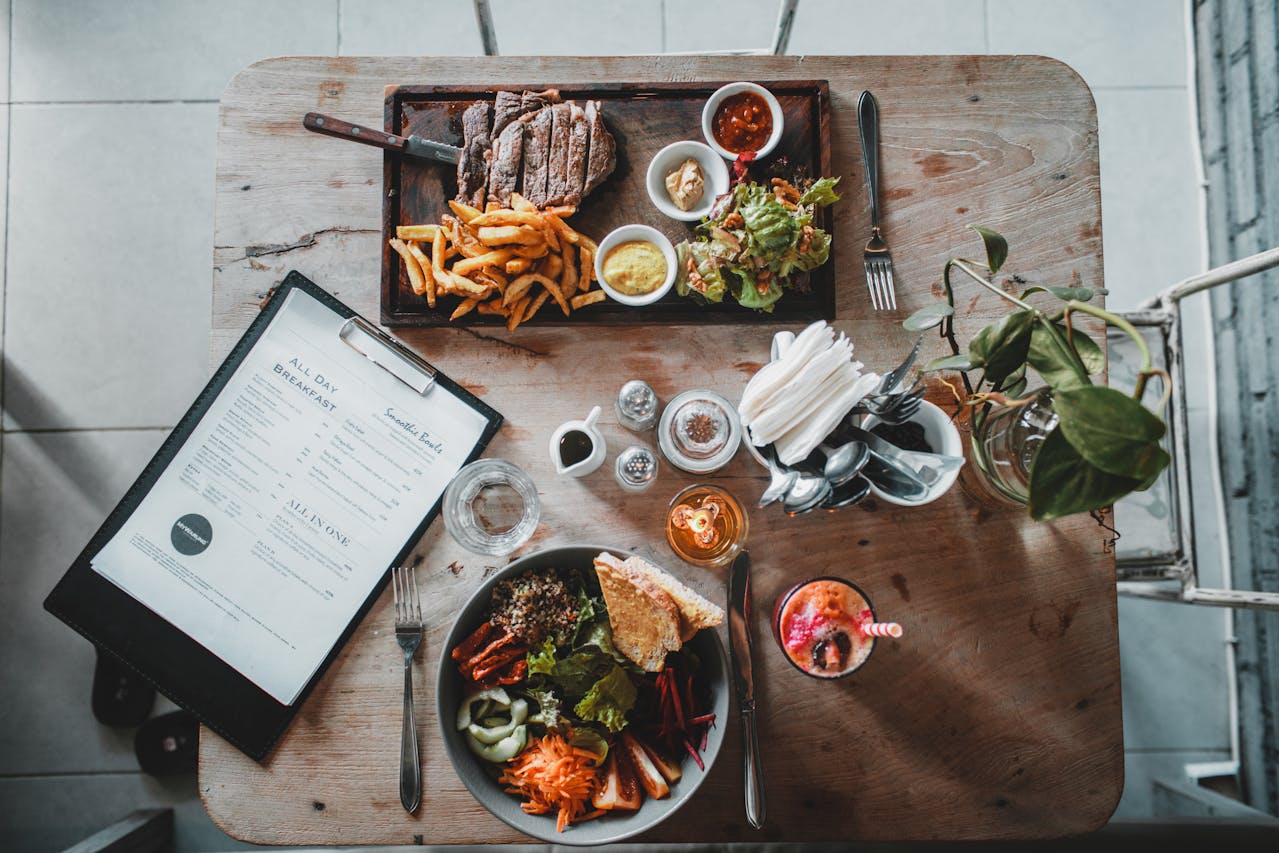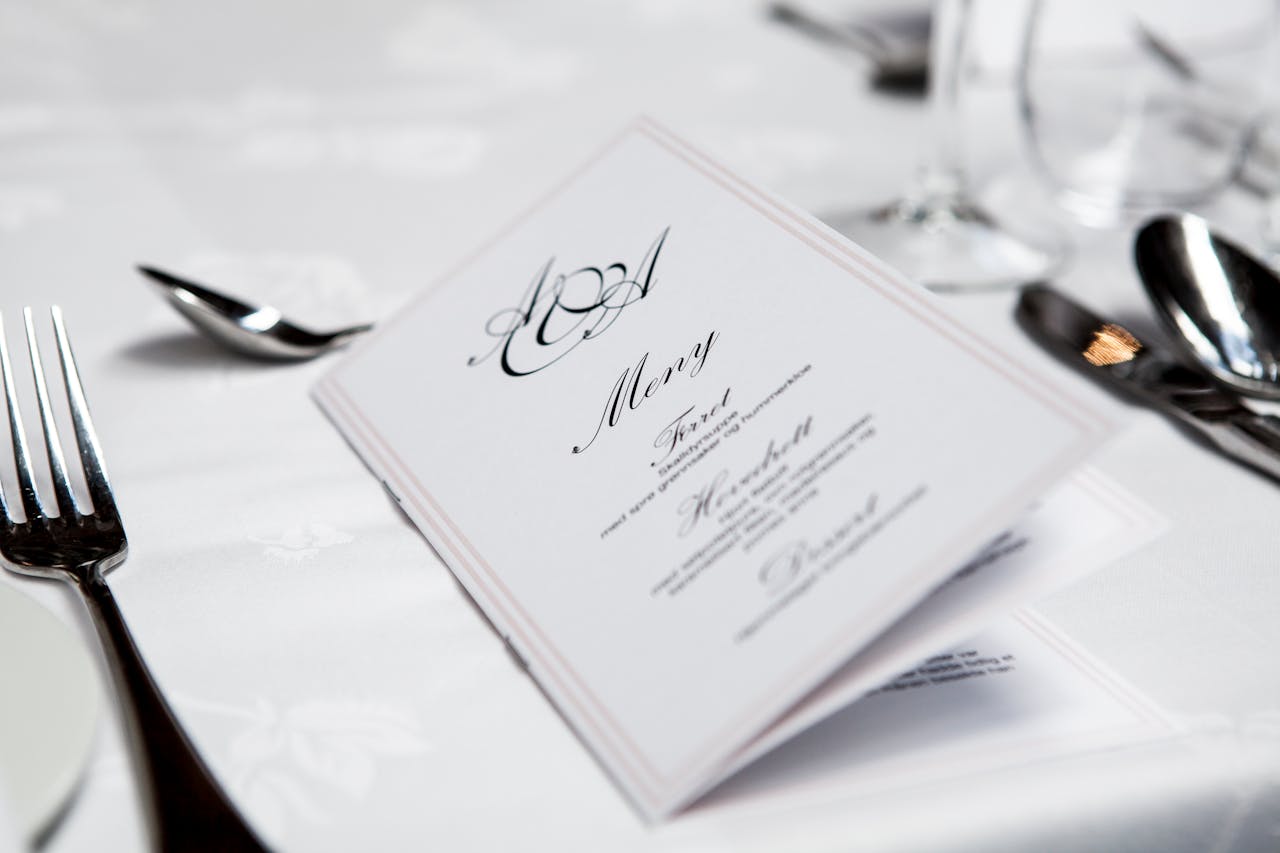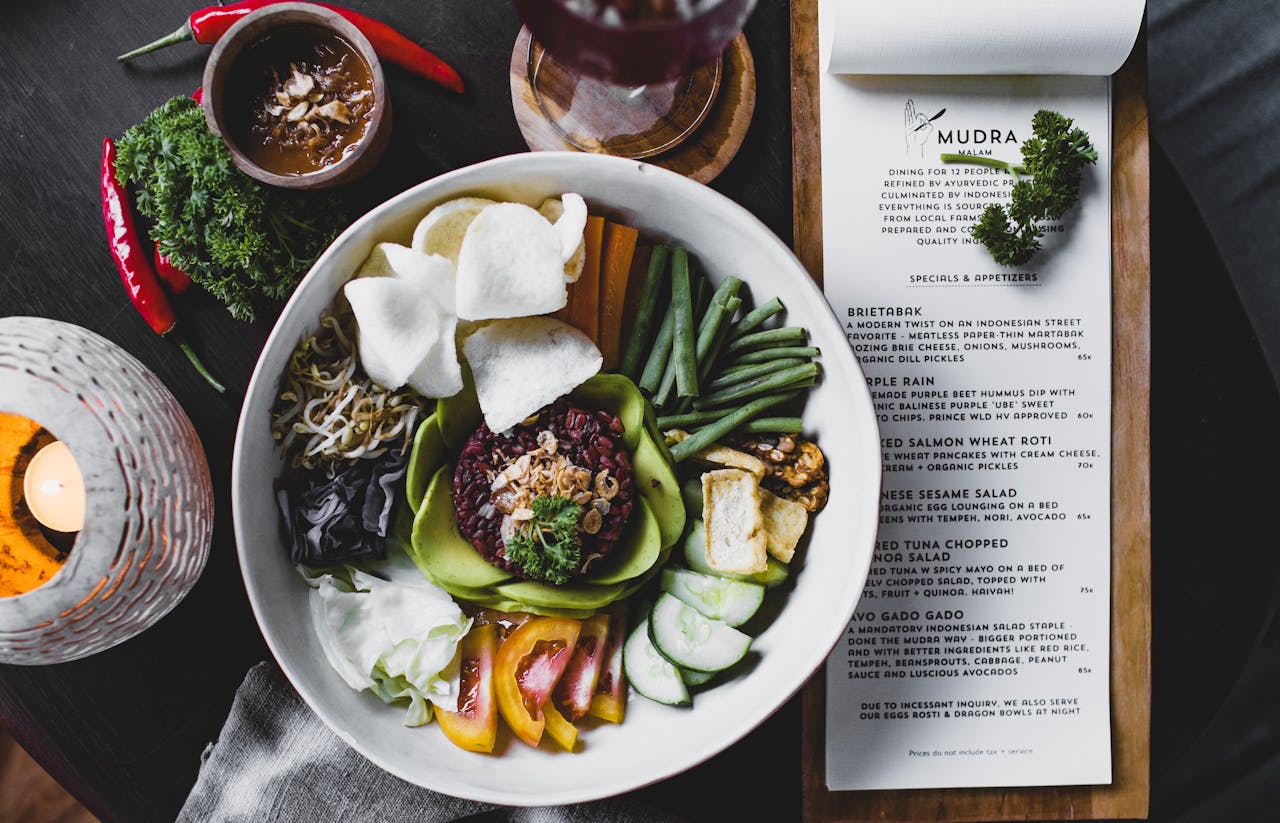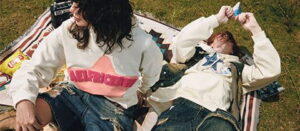The Psychology Behind Menu Design and How It Impacts Sales
Whenever you walk into a restaurant, you’ll encounter a menu. Although most menus look simple, they’re usually not, due to...

Whenever you walk into a restaurant, you’ll encounter a menu. Although most menus look simple, they’re usually not, due to the psychology behind them. Business owners create a well-crafted menu that can help boost revenue.
As you know, the food industry is competitive, so strategising the menu design is a must. It influences the choice of the customers based on the ideal results that the owners would like to achieve.
So, whether you’re an aspiring restaurant owner or a curious customer, you should be aware of the psychology behind the menu design and its impact on sales. In this article, we’ll discuss the basics of menu psychology.
1. Considering Eye Movement with the Placement of Menu Items
The placement of the menu items is significant, and studies show that the human eyes follow a triangular pattern when reading. We start on the top-right part, next is the top-left part, and then the centre. This is also why many restaurant menus have the most expensive items at the top part.
In addition, placing some menu items inside a box makes them look special. So, if a food establishment or restaurant would like to prioritise selling specific items, they can create boxes of other visual elements that can make these items look special.
2. Price Comparison of Menu Items
When provided with various choices, customers come up with a decision based on the pricing. If presented with a variation of a dish, they usually go with the one with the lower price, especially if it seems reasonable. For instance, Spanish restaurants usually offer paella. Even if the paella in a specific restaurant costs more than the other, as long as they offer a variation that is not as expensive as the others, there’s a possibility that they’ll choose that.
So, even if a restaurant charges higher than usual, they can still get high revenue through price comparison.
3. Menu Engineering: Categorising Popularity and Profitability
Aside from the prices and placements of the menu items, restaurants also categorise the dishes based on two factors: popularity and profit margin. At the same time, they indicate there are terms used to identify if the two factors are equal or not. This categorisation is known as menu engineering, which includes:
- Dogs- low popularity and low profitability. If a menu item belongs to this category, it makes sense to remove it. However, in some cases, removing them can also affect your overall sales, so you can keep them but don’t put them in the spotlight. An example of this is the kids’ menu items.
- Puzzles- low popularity but high profitability. Although they make a profit, menu items from this category don’t appeal well to the customers. So it’s best to highlight them on the menu.
- Plough Horse- high popularity but low profitability. In this case, you just need to adjust the portions so that it go well with the pricing.
- Stars- high popularity and high profitability. The menu items that are included in this category should be highlighted in the menu.

4. Appetising Food Descriptions
Describing the dishes in the best way possible can significantly help the dishes to gain more popularity. So, if you’re a restaurant owner, be sure to use sensory words when crafting the description of each dish.
For instance, Spanish restaurants can describe Gambas al Ajillo as a sizzling, juicy shrimp cooked in garlicky olive oil with a hint of chilli, best paired with crusty bread. This kind of description attracts the customer to try the dishes, even if they have already tried something similar before.
5. Less Is More
Serving a menu with too many options can be overwhelming, so it’s best to limit them. Try incorporating around 5 to 7 options per category, and provide a best seller mark to those you want to highlight. This allows customers to be aware of the best option even without asking the staff.
So, if you don’t want to stress your customers out, try giving them enough options that they can choose easily.
6. Strategic Use of Colours, Images, and Fonts
The restaurant branding reflects the colour of the menu. When it comes to food, green is about freshness and health, red stimulates urgency and increased appetites, and yellow is all about happiness. Unfortunately, blue isn’t always used in food-related visuals since it can suppress appetite.
Aside from colours, the fonts used should also be inviting. Let the customers see everything in a glance, and they should be able to identify the headings, names of dishes, and their descriptions.

7. Omitting Currency Signs
Adding currency signs to the menu can make the customers feel that the dishes are expensive. Besides, they won’t notice that the currency isn’t there, especially if the prices aren’t exact. So instead of £3.50, just 3.50 can make it look less expensive. At the same time, avoid aligning the prices, so that it can be a bit difficult to compare.
Final Thoughts
Understanding the psychology of menu design is significantly helpful for restaurant owners, customers, and designers. It’s no longer a list of dishes to choose from but a whole new appreciation for every menu you encounter.






